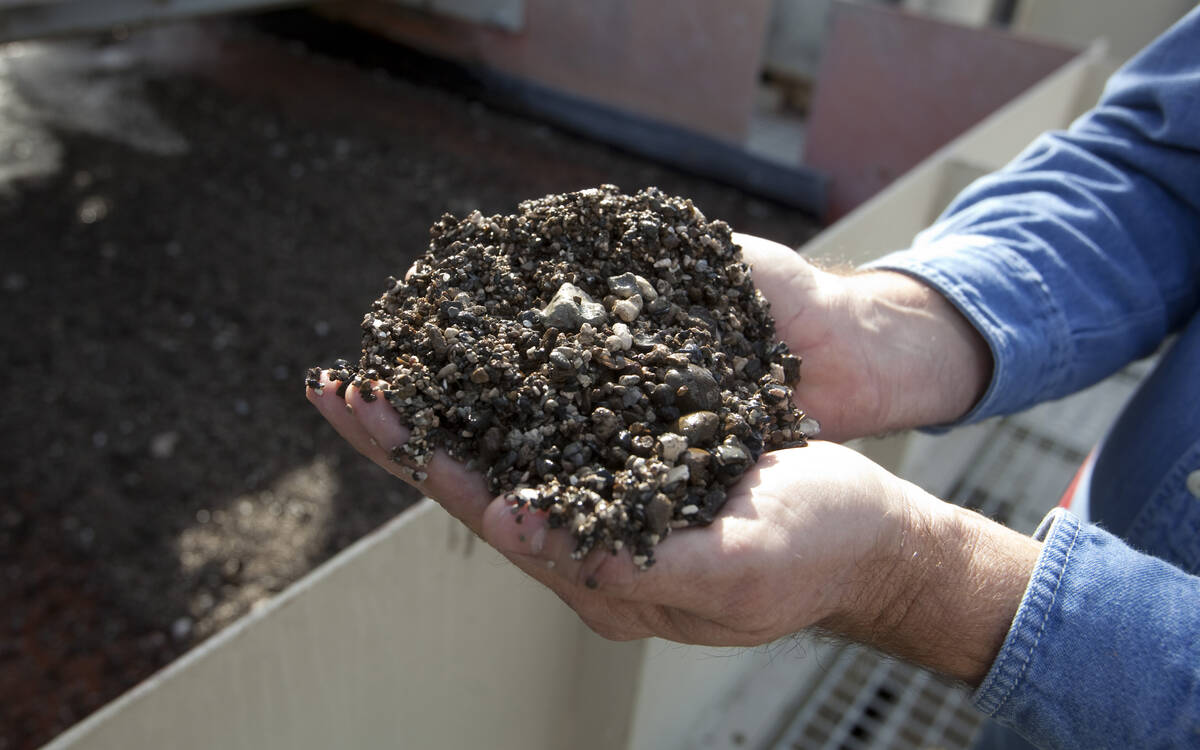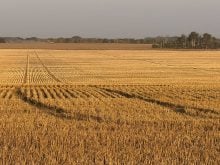SASKATOON (Staff) – Snack counters at the local arena should offer salads and fruit, as well as hamburgers and chips, says a doctor who analyzed an obesity survey.
Rural people are heavier than urban people and it’s probably due to what they eat and what they do, said Dr. Bruce Reeder.
Changing an individual’s diet or exercise routine can be supported in two ways, he said. District health boards will probably conduct health promotions, but other community leaders can also influence people’s choices.
Local church groups that offer catering services could offer meals lighter in calories and fat. School boards and workplaces with cafeterias can adjust their menus, or offer physical activity options.
Read Also

Phosphate prices to remain high
Phosphate prices are expected to remain elevated, according to Mosaic’s president.
Consider hiking, bike trails
Some changes may take years. For example, town planners should study the impact of building a two-lane highway through town. Maybe they should add parks with hiking or bike trails, Reeder suggested.
One district experimenting with better fitness is the Midwest Health District in central Saskatchewan. Under a pilot project, it converted part of the hospital in Lucky Lake into a public physical activity centre. A treadmill, stationary bicycle, stepper and ski machine sit in what used to be the operating room of the former acute-care facility.
Operation Fitness is geared to middle-aged men in the community, said facility administrator Judith Johnson. The local Kinsmen club donated money for the treadmill, which was installed this spring. While it hasn’t seen a lot of use so far, Johnson expects it will get busy this fall.
Use of the facility is free but donations are welcome.














